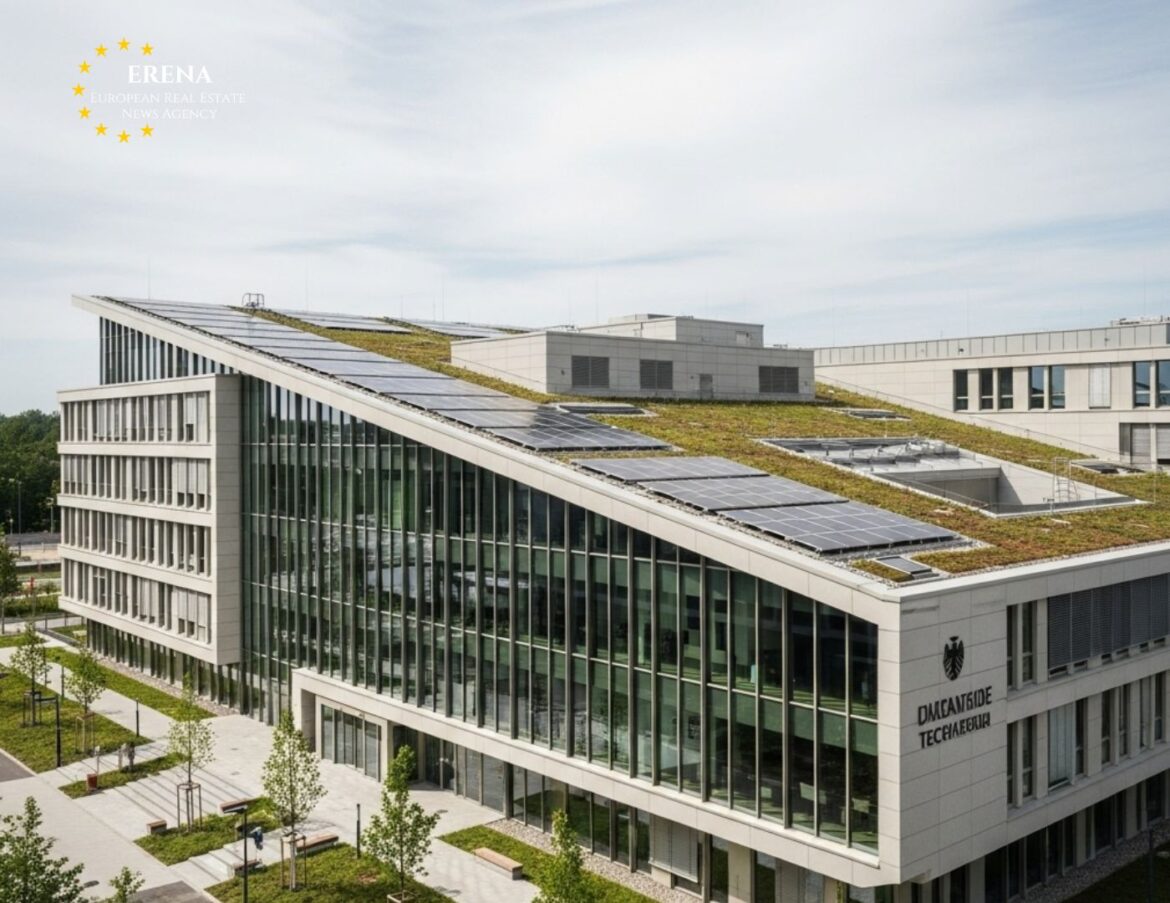The European Union is intensifying its push for member states to accelerate spending from the €806 billion NextGenerationEU recovery fund, urging a faster rollout of green technology investments. Frustrated by the slow pace of disbursement, the European Commission has warned that delays in fund utilization threaten not only the bloc’s climate goals but also its global competitiveness in the fast-evolving clean tech market.
Green transition as a strategic priority
NextGenerationEU was established in 2020 as the EU’s flagship response to the COVID-19 pandemic, aiming to stimulate economic recovery while steering Europe toward climate neutrality. At least 37% of each member state’s national recovery and resilience plan must be allocated to green initiatives. These include:
- Deployment of renewable energy infrastructure (solar, wind, hydrogen),
- Retrofitting buildings for higher energy efficiency,
- Investment in zero-emission public transportation,
- Promotion of clean industrial innovation,
- Greening of manufacturing and logistics supply chains.
However, as of mid-2025, the European Commission has raised concerns that a significant portion of these funds remains unspent, putting both economic and environmental ambitions at risk.
Who’s lagging, who’s leading?
According to the latest Commission report, around 65% of the allocated funds have been distributed to national governments, but less than 40% has been actually spent on projects. Countries such as Bulgaria, Slovakia, Croatia, and Romania are among the slowest to move forward, citing administrative bottlenecks, labor shortages, and political instability.
In contrast, Germany, France, the Netherlands, and Denmark have made significant strides. Germany is investing heavily in heat network upgrades and hydrogen infrastructure, while France has focused on sustainable mobility and residential energy efficiency.
Commission steps up oversight
In June 2025, the Commission issued updated guidelines warning that countries failing to meet implementation benchmarks may risk losing access to unclaimed funds. Economy Commissioner Paolo Gentiloni stated:
“The recovery fund is more than just a financial lifeline — it’s our bridge to a greener future. Every delay is a missed opportunity to strengthen Europe’s energy independence and secure the jobs of tomorrow.”
The EU executive is now proposing more flexible reallocation rules. Countries with high spending efficiency may be allowed to claim unutilized funds from slower counterparts, creating an incentive for faster execution.
Private sector urges faster investment
European industries have also voiced concerns, especially as the United States and China ramp up public investment in clean technology. The U.S. Inflation Reduction Act, which earmarks over $370 billion for green initiatives, has already lured several EU startups to American soil.
European solar manufacturers, battery producers, and hydrogen equipment firms are urging the EU to:
- Streamline funding access through digital platforms,
- Cut project approval timelines,
- Ensure predictable funding disbursement schedules,
- Prioritize domestic production of clean tech components.
Without urgent action, stakeholders warn, Europe risks falling behind in the global clean energy race.
Social dimension of the green transition
The Commission also emphasizes that the green transition must be socially just. Recovery funds are intended not only to support innovation and infrastructure, but also to protect workers in carbon-intensive industries, offer reskilling programs, and make energy efficiency accessible to low-income households.
Countries like Italy and Spain have channeled funds into energy renovation subsidies for vulnerable populations. Portugal has rolled out “solar roofs” programs for social housing. These projects align with the EU’s goal of inclusive sustainability.
Geopolitics and clean tech competition
The global clean tech race has become a strategic contest. While China dominates production of solar panels and EV batteries, and the U.S. is aggressively subsidizing local manufacturing, the EU is seeking to carve out leadership in offshore wind, green hydrogen, and the circular economy.
However, without timely deployment of recovery funds, European firms may lose ground. Currently, a shortage of manufacturing capacity for solar, wind, and battery components in Europe is limiting the bloc’s strategic autonomy.
Political tensions and public discourse
With European Parliament elections approaching in 2026, green policies have become a politically charged issue. Right-leaning parties in several countries are calling for relaxed environmental targets in favor of short-term growth. In response, the Commission reiterates that sustainability is not a luxury, but a necessity for long-term resilience.
Public opinion remains divided: while many support stronger climate action, others express frustration over rising energy costs and regulatory complexity.
Conclusion
The EU’s recovery fund presents a historic opportunity to catalyze climate action, economic growth, and technological leadership. But without swift and coordinated implementation, its transformative potential may be lost.
To stay competitive, secure energy independence, and meet climate goals, EU member states must prioritize green spending, remove bureaucratic obstacles, and improve execution. The path to a sustainable Europe is paved not only with policy — but with timely investment.

